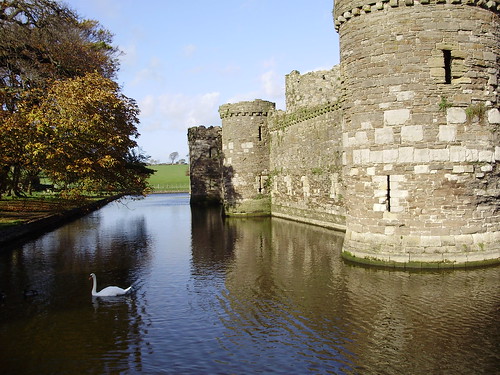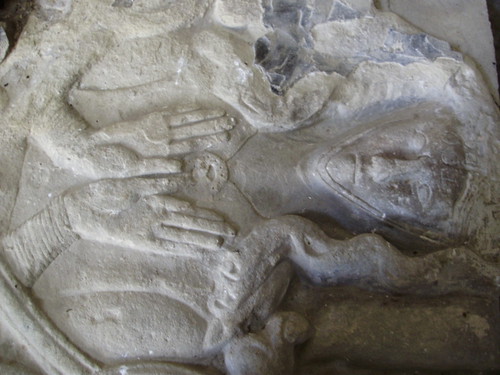Some women sneak clothes into the house. I sneak books. Remember that pledge I made just three weeks ago not to buy any more books? Well, that was the day before Dan Brown’s The Lost Symbol got automatically delivered to my Kindle. But maybe the Kindle doesn’t count as the book doesn’t take up any space. And space really is the problem.
Unfortunately, not everything I want to read or think I want to read is available on the Kindle. Plus, I harbor a real love for books themselves and the bookstores where they live. I love browsing bookstores, particularly ones with overflowing shelves and hand written reviews. The bricks and mortar experience is just different from buying online, which for me is a much more directive process. I go to Amazon to buy a particular book that I want to read. Thus, the pre-order for The Lost Symbol. And, I appreciate Amazon’s suggestions based on my buying habits.
But, in book stores, I encounter books that aren’t part of an algorithm. Books I didn’t think about looking for because I didn’t know they existed or, if I did, hadn’t thought about reading. Books that Amazon would have never suggested because they don’t make any kind of digital sense. Books in book stores are in their native environment, pushing up against each other, organized in a haphazard analog way that can never be as neat and tidy as an online database and thus opens immense possibilities.
I knew I would probably have to avoid bookstores if I was going to keep my pledge. And, I have plenty of books to read before the end of the year anyway and the beginning of the pile in the bedroom so I figured I was going to be OK. I am reading The Omnivore’s Dilemma by Michael Pollan, which I purchased before the pledge. I have a book to read for book group at the end of the month called Switching to Goddess by Jeri Lyn Studebaker that I had also purchased before the pledge. (Did I mention it was a feminist book group?) I also sort of accidentally bought Olive Kitteredge as I showed off my Kindle to someone. (“That’s what you get for showing off,” I can hear my mother say.) And, a friend recommended The Hemingses of Monticello, which I also bought on Kindle. So, plenty of books already in my possession and no book stores on the horizon.
All seemed well. Until last Friday afternoon. I spent this past weekend at my parents’ retirement community. They were having their fall festival and I was going up to help out with several events. Here’s what I didn’t know: as part of the fall festival, they have a huge used book sale. Boxes and boxes of used hard backs and paper backs that were only vaguely organized. A book browser’s dream. I must admit that I only thought about my pledge for about 30 seconds. OK, maybe not even that. All of a sudden, there was a book in my hand: National Geographic’s The Age of Chivalry. I don’t remember the second one or the third. And, while I believe there was an individual price for the books, I opted for the bag of books for five dollars scheme. I even had my own bag…at least for the first go round. It seems that the book sale opens the day before the actual festival, on Friday afternoon. So, I got an early look and pulled in some treasures including another National Geographic on the Renaissance. It made sense to have the set, right? I managed to get about eight books in my bag, I think.
On Saturday, I was determined to avoid the book sale, but it turns out that breakfast was served directly behind the sale and I had to walk past the long tables with their inviting cardboard boxes to get my croissant and coffee (which to my horror was decaf…that’s all they serve in retirement communities, it seems). My shift didn’t start until 9 AM so I found myself with an hour to kill and my undercaffeinated senses made me more vulnerable than usual, I think…well, I think you know the rest. Another 8 or 9 books found their way into a bag. I vowed that I was done buying books. But, then my sister arrived. We hit up the used clothes and then, just to be sociable, I accompanied her to the book sale. And, of course, I didn’t want her to feel bad about buying books so I bought a few more. Anything for my sister.
All in all I bought 30 books in those three trips! Mostly hard backs and ranging from And the Band Played On, Randy Shilts’ early history of AIDS to Wolfe’s Look Homeward, Angel, which I don’t think I’ve ever read. There are two PD James mysteries from two different series. Two last minute purchases included a paperback collection of Winston Churchill’s history of World War II and Philip Pullman’s His Dark Materials Trilogy.
Here’s the problem. I simply don’t have any more shelf space. The 50 books for next year are stacked precariously in the bed room. The other shelves that line several walls in two rooms already have two layers of books. What to do? Aaah…a place my husband never ventures: the linen closet in my bathroom. I live in a tiny house that, miraculously, has two full baths, which means I get a closet all to myself. Some quick rearranging of sheets and towels, and most of the books disappeared without a trace. I put Churchill and Pullman on the shelf on the back of the bed since most of the books that had been there are on project pile. It occurred to me that I was well on my way into 2011 with these new additions. And, as I drove along the turnpike on my way home, I passed several bulletin boards warning about 2012. The pressure is on: which books do I want to read before the world ends? Reading time suddenly takes on a very serious edge, doesn’t it?

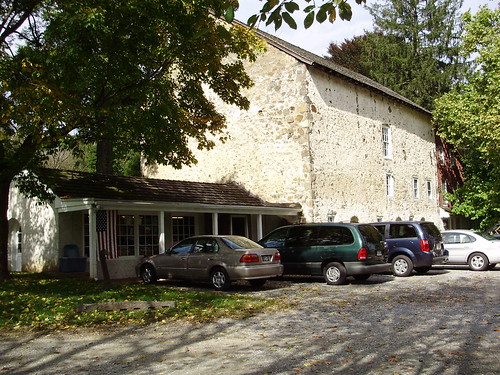
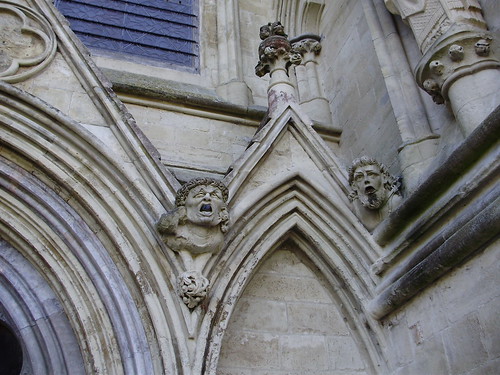
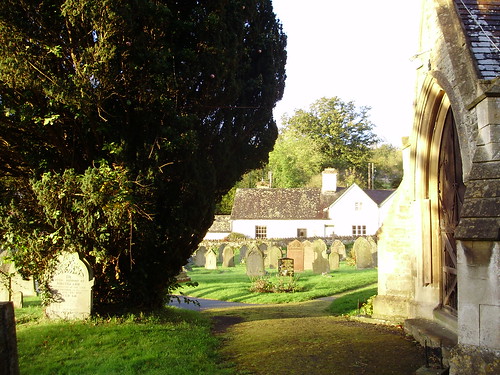
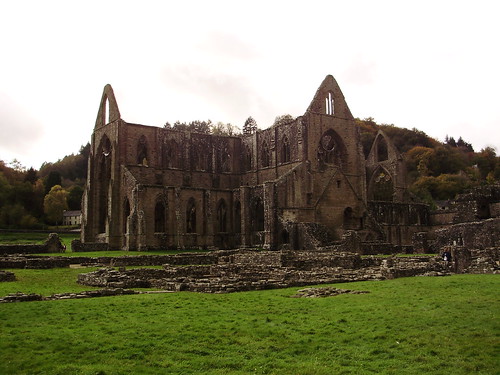
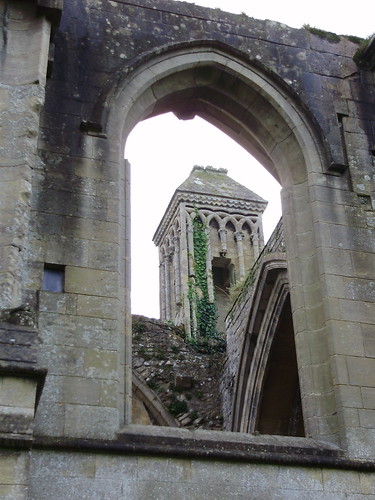

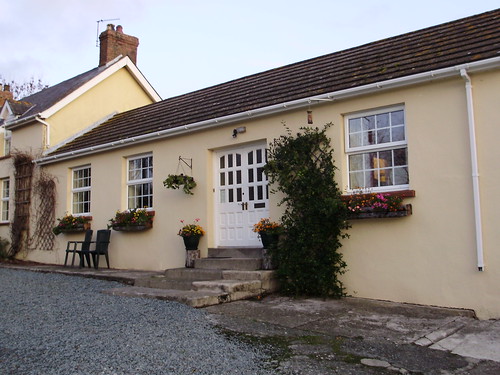
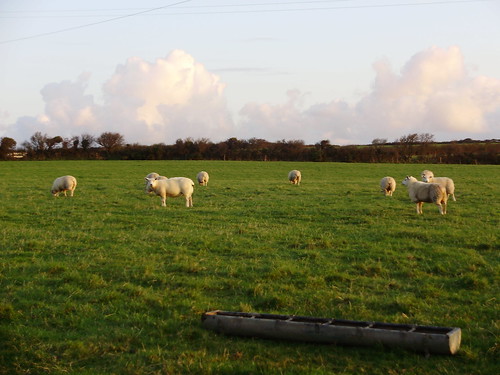
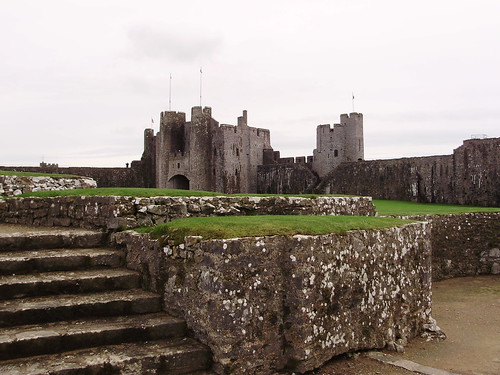
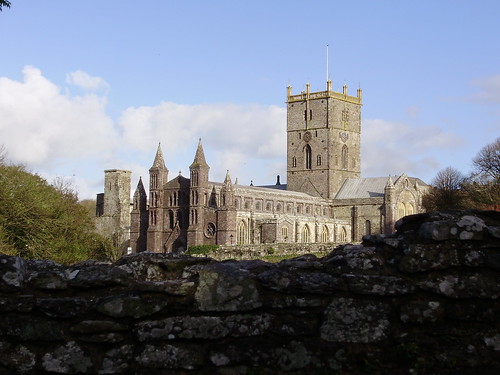
 bishop’s palace. Built by Bishop Gower in the 13th century, you can see the remains of large rooms and imagine how it must have looked when the bishop lived there. It is quite picturesque and well sign posted.
bishop’s palace. Built by Bishop Gower in the 13th century, you can see the remains of large rooms and imagine how it must have looked when the bishop lived there. It is quite picturesque and well sign posted.

